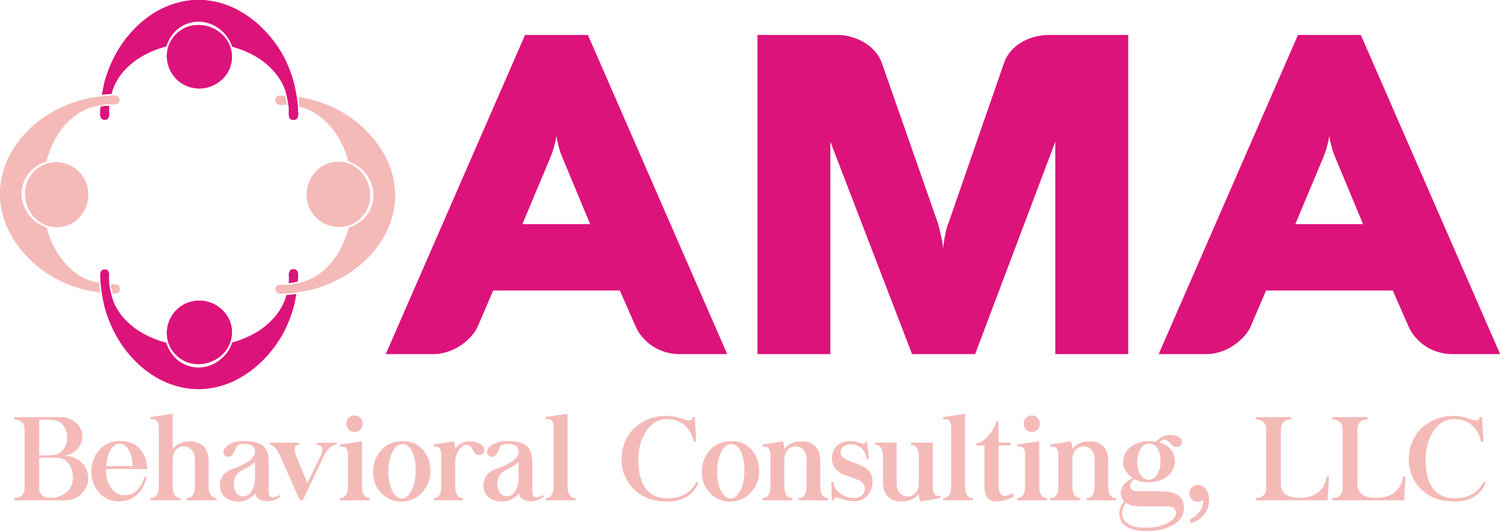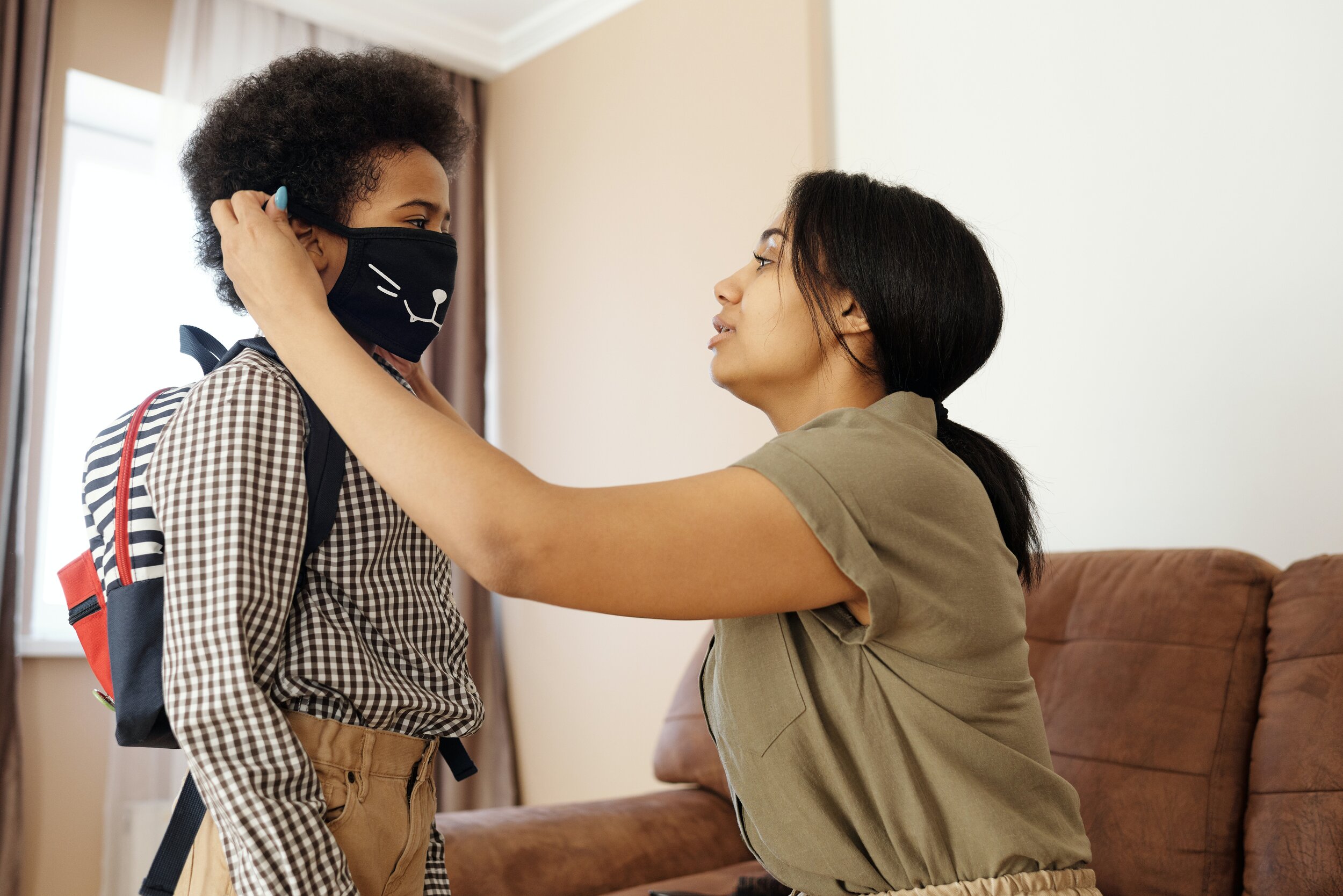5 Everyday ABA Strategies Parents Can Use at Home
/Parenting a child with autism or behavioral challenges is a journey full of love, patience, and—let’s be honest—some days where you wish you had just ONE more tool in your back pocket. That’s where ABA (Applied Behavior Analysis) can help. While it’s often used in therapy sessions, many strategies work beautifully at home too. And the best part? You don’t have to be a therapist to use them. 👀
Here are five simple, family-friendly ABA strategies you can start using in your daily routine to support your child’s growth, independence, and confidence.
1. Positive Reinforcement: Celebrate the Wins
One of the most effective ABA tools is also the simplest—celebrating the behaviors you want to see more of.
Example: If your child puts away their toys, follow it with praise: “I love how you cleaned up right when I asked—thank you!”. If you want to kick it up a notch, you can offer a small reward like extra lovin’, extra playtime or a fist bump. You know your child best and some kids may give you a side eye if you clap and cheer (yes…. I’ve been turned down a lot in my career by my threenagers).
The key is being specific, consistent, and genuine. Instead of a generic “Good job,” let them know exactly what you’re proud of. That little detail goes a long way.
2. Visual Schedules: Take the Guesswork Out of the Day
Kids thrive when they know what’s coming next, and visual schedules make that crystal clear.
Example: Create a simple picture chart with the day’s events—breakfast, playtime, bath, bedtime. Photos, drawings, or printable icons all work.
Visuals help reduce anxiety, make transitions smoother, and give your child a sense of control over their day.
3. First-Then/When-Then Statements: Set Clear Expectations
This is a go-to strategy for reducing power struggles while building structure.
Example: “First we brush teeth, then we read your favorite book” OR “When our toys are in the bin, then we can go outside”
It helps kids connect a less-preferred activity (like brushing teeth) with a preferred one (like storytime). Clear, simple, and predictable.
4. Modeling: Be the Example
Sometimes the best teaching tool is simply showing the behavior yourself.
Example: Want your child to learn how to ask for help? Try: “I need help opening this jar. Can you please help me?”
Kids learn so much by watching the people around them. The more they see a skill modeled, the more likely they are to try it out themselves.
5. Offer Choices: Build Independence
Giving kids small, meaningful choices throughout the day helps them feel empowered and reduces resistance.
Example: “Do you want to wear the red shirt or the blue shirt?” or “Do you want to start with blocks or puzzles?”
Even limited choices build communication, independence, and problem-solving skills.
Final Thoughts
ABA at home doesn’t have to feel overwhelming. Small, intentional changes in your routines can create structure, lower stress, and open doors for your child’s growth.
Remember—it’s not about perfection, it’s about progress. Every small win matters.
Want more tips like this? Follow us on social or reach out at amarilys@amabehavioralconsulting.com to see how our team can support your family’s unique journey.









